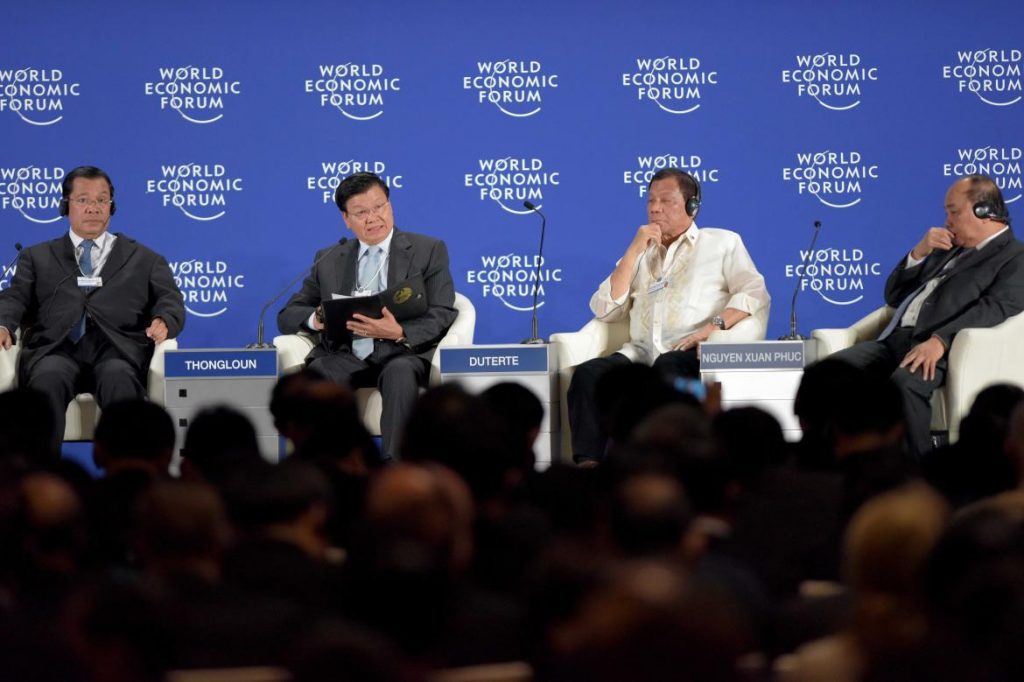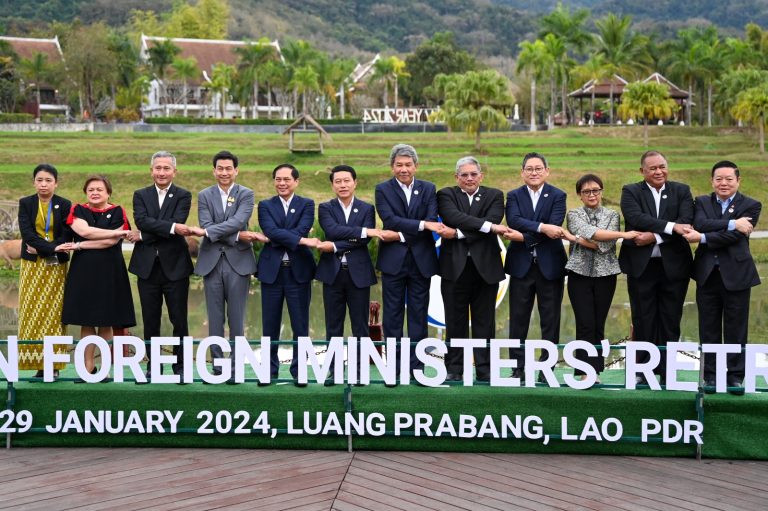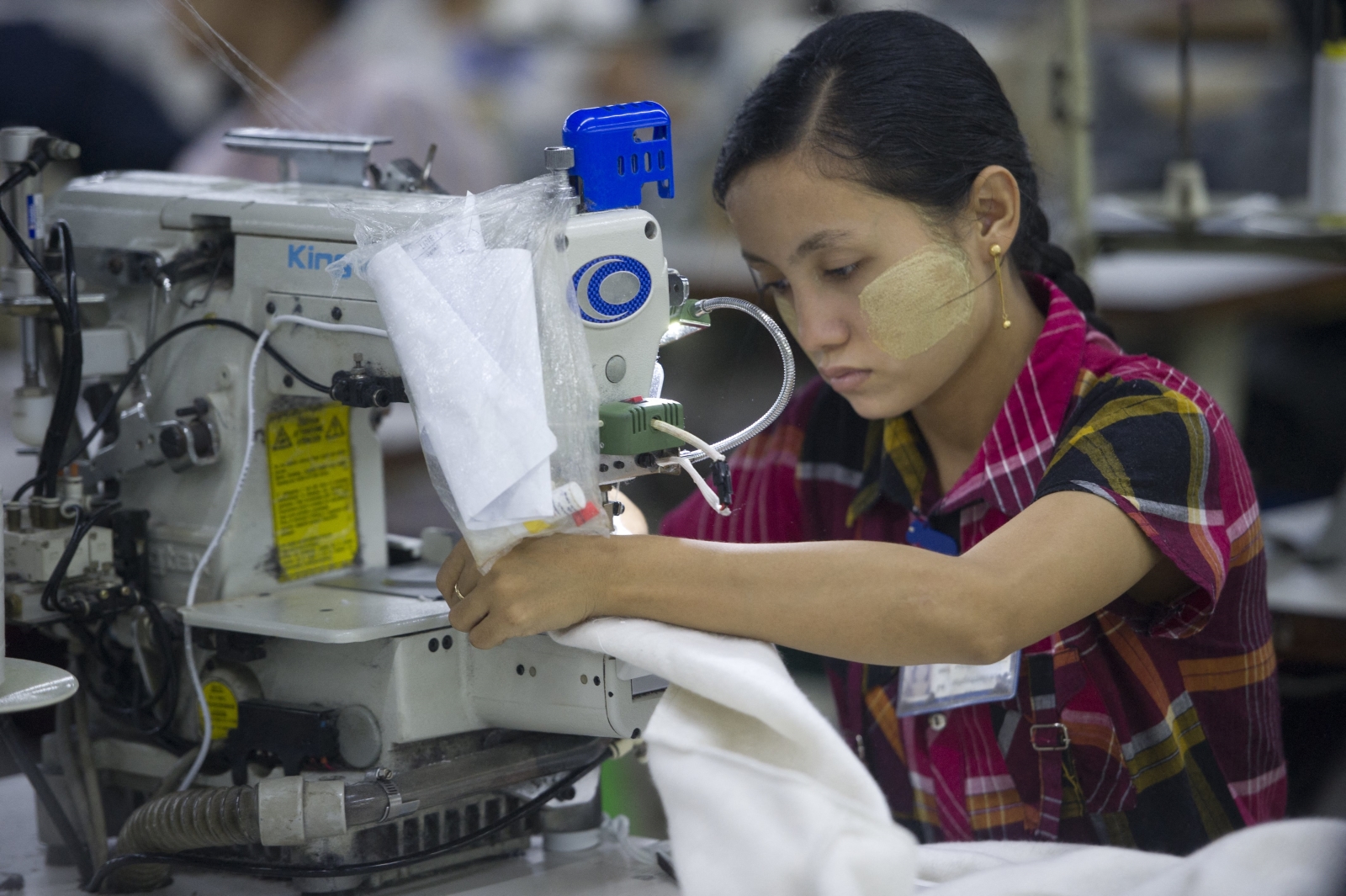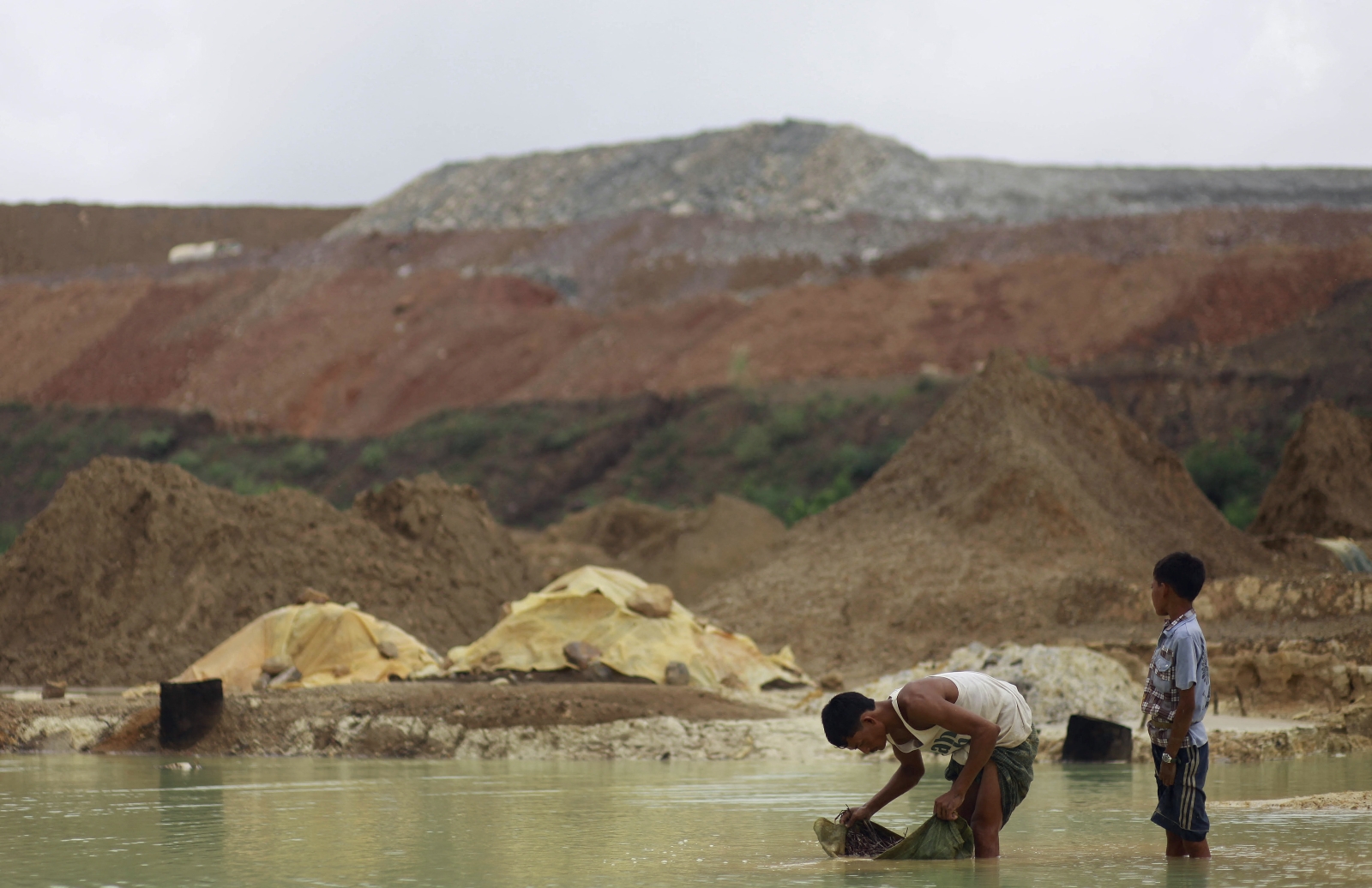While China’s looming investment in the region was the hot topic at WEF ASEAN, many foreign businesses remain excited about prospects in Myanmar.
By OLIVER SLOW | FRONTIER
DISCUSSION of the implications of China’s Belt and Road initiative dominated the World Economic Forum on ASEAN, held in the Cambodian capital Phnom Penh from March 10 to 12. This is not surprising: it will likely have a huge impact on the region, but also comes with a long list of challenges and barriers to implementation.
However, in the majority of sessions I attended at the forum – which was held in a grand hotel on a sandbank from which the Khmer Rouge unsuccessfully attempted to regain control of the city in the late 1980s – no country, aside from China and its multi-billion-dollar initiative, came in for as much attention as Myanmar.
On the second day, Mr John Rice, vice chairman of multinational General Electric, said the technological advances in Myanmar in recent years were an example of how quickly a country can develop in a short space of time.
But in dozens of conversations with business leaders from across the region, the excitement was about the changes still to come, and a belief that, if managed correctly, Myanmar would enjoy significant economic growth in the years ahead.
Support more independent journalism like this. Sign up to be a Frontier member.
It’s not something you hear so much inside the country, where the optimism associated with the big economic reforms of 2012 and 2013 has fairly dissipated. The recent enactment of the Myanmar Investment Law, coupled with the expectation that the Companies Act will arrive at some point this year, have generated some additional enthusiasm, but many still question the economic management of the National League for Democracy administration.
It was refreshing to hear genuine optimism towards Myanmar’s economy from abroad. A cynic might respond that these are “outsiders” who don’t have a true grasp of what’s happening on the ground. But they are all businesspeople who are considering or have already invested significant sums into Myanmar. They have done their homework and are making long-term bets.
Mr Suvir Varma, a partner at the Southeast Asia office of consulting firm Bain & Company, said there is still a lot of positivity towards Myanmar from abroad.
“There was a clear rush to get in as the market opened up, and lots of people needed to identify partners, allocated capital, build local teams and so on. Now are in the phase of realising those investments, which takes time,” he told Frontier.
Mr Shatetha Terdprisan, managing partner of the McKinsey office for Thailand and Myanmar, said his company had identified the country as one of the most exciting markets across Asia.
“This is a large market, and you have to start by looking at that,” he told me in an interview in a room that offered a stunning view south along the Mekong River and across Phnom Penh’s expanding skyline.
“It is rich in natural resources, and we also found that the business environment is actually quite sophisticated already. We see a lot of positive factors.
“Myanmar is at a critical juncture in terms of what kind of approach it takes in accelerating the expectations. In my view, I think Myanmar needs to think quite a lot about accelerating productivity. The good news about Myanmar is that it has a very young workforce,” Terdprisan said, adding that McKinsey’s research has found that there are 700,000 new people entering Myanmar’s labour market every year.
One area that many agree is crucial for Myanmar’s continued growth is significant investment in infrastructure, which is still severely lacking compared to neighbouring countries.
“I would like to see a lot more effort being made to prioritise projects and necessary sectors,” said Mr Mark Rathbone, partner for Asia Pacific Capital projects for PwC, which is consulting on various infrastructure projects in Myanmar. “So understanding what needs to happen around their economic centres for things like transport networks, developing regulation and legal frameworks that allow more effective investment into the Myanmar economy.”
Despite being largely optimistic about the direction of the economy, Rathbone warned that growth is not inevitable, pointing to the example of Mongolia.
“Mongolia was the darling eight or so years ago, and that’s failed quite dismally. The government has bankrupted itself, it’s gone into dispute with some of its big funders and has reneged on debts they were supposed to pay. It is now not a massive focus area, whereas Myanmar I think is in a position to really buck the trend,” he said, pointing to its strategic location between Southeast Asia, India and China, as well as its coastline, which offers access to the Middle East and Africa.
“So if they really put their mind to it, I think they’ve got enormous potential, but it does require a lot of investment in things like transport networks.”
TOP PHOTO: Cambodian Prime Minister Hun Sen, Laos Prime Minister Thongloun Sisoulith, Philippine President Rodrigo Duterte and Vietnam’s Prime Minister Nguyen Xuan Phuc sit onstage during the opening of the World Economic Forum on ASEAN in Phnom Penh on May 11. (AFP)







